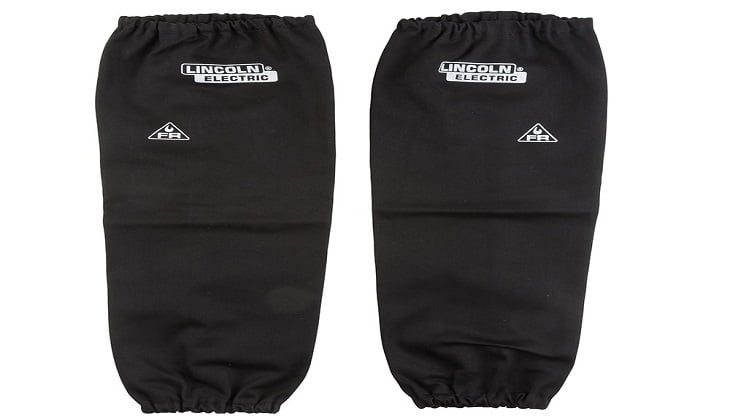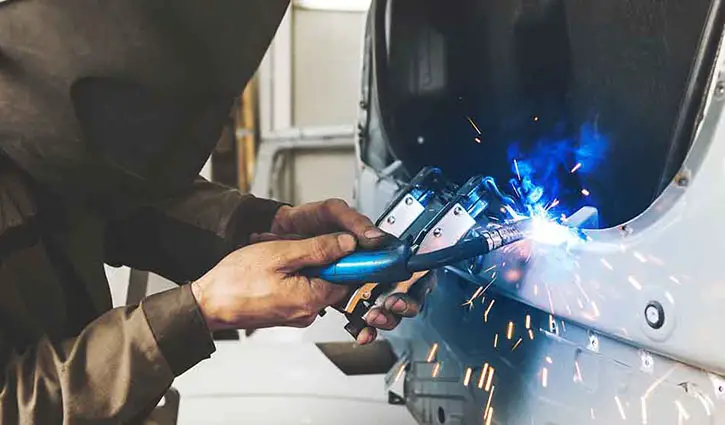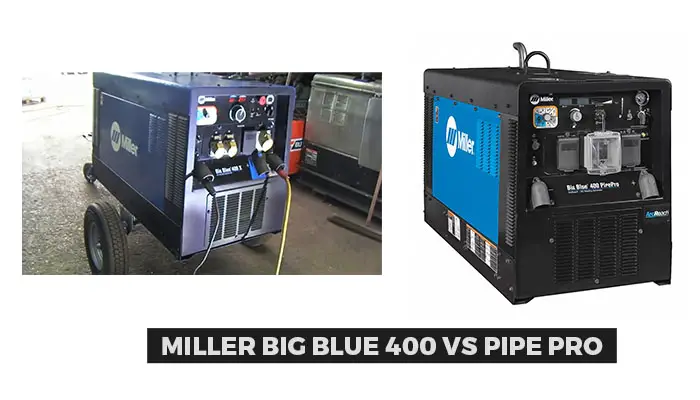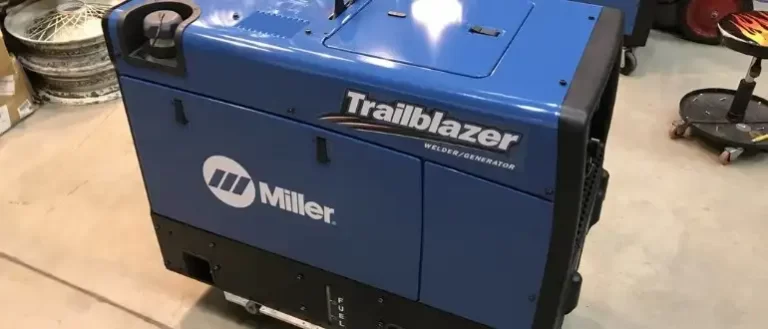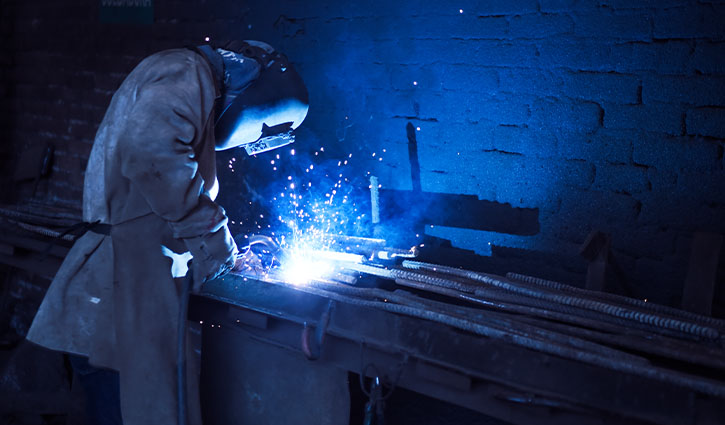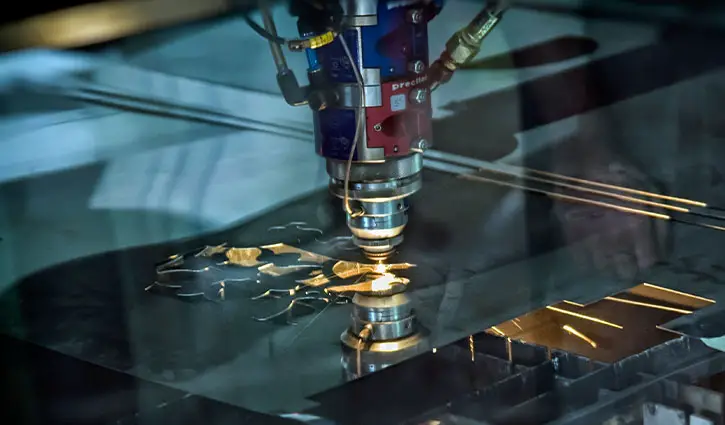The Miller Bobcat 225 Welder Problems: Top 5 Issues With Solution
Are you considering purchasing the Miller Bobcat 225? Do you want to learn about the most common issues with owning this engine-driven welder? Then this article is just for you.
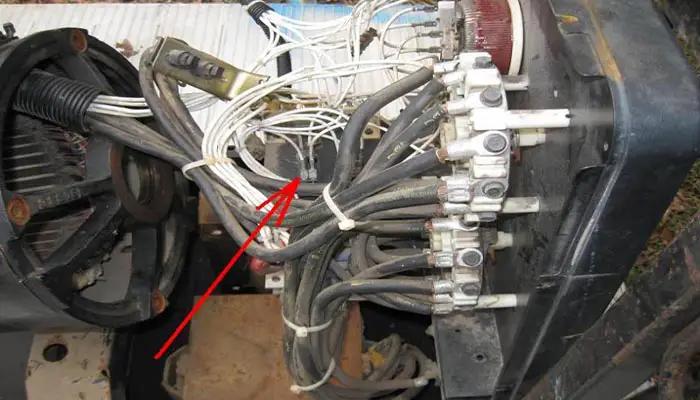
In this article, we will be discussing the top 5 problems with the Miller Bobcat 225 Welder and how to fix them. Please stay with us till the end of this article to learn more about this prevalent gas engine-driven welder.
Table of Contents
What are Engine-driven Welders?
Engine-driven welders are powered by gas, propane-fueled, or diesel. The welder is coupled to an electrical generator to generate electricity for the welding stick.
There are various engine-driven welders available that can do stick, TIG, flux-cored, and MIG, welding. These machines are portable, so they may be used to power up household appliances such as fans, air compressors, pumps, chargers, and more. This machine functions as both a generator and a welder.
Why is the Miller Bobcat 225 Welder so Popular?
Miller Bobcat 225 is a gas engine-powered welder/AC generator known for its durability, versatility, efficiency, low noise operation, portability, and lifespan.
This engine-driven welder’s overall build is superb. This equipment comes with a simple, long-lasting, water-resistant remote capable of two-way communication.
According to a report on the machine’s efficiency, you can save up to $1200 on fuel each year. For these reasons, Miller Bobcat 225 is a popular choice for mechanical workshops and job sites.
Read More: Miller Bobcat 225 Vs Lincoln Ranger 225 (Comparison)
Common Problems with the Miller Bobcat 225 Welder (with Troubleshooting)
There is no machine in the world that can guarantee uninterrupted operation. The Miller Bobcat 225 is no different. Although this is a popular choice for gas engine-driven welders, customers have reported some common issues.
In this subsection of the article, the Top 5 Problems with the Miller Bobcat 225 Welder, we will be giving an insight into the common problems reported by the customers. Let’s get started-
Porosity
Porosity is defined as small cavities or holes in the weld metal induced by nitrogen, oxygen, and hydrogen absorption in the molten metal pool.
The most prevalent reasons for this problem include a longer arc length, contamination in the environment, severe oxidization of the surface, a moist electrode, and a dirty workpiece.
Customers and long-term users have regularly complained that the welder damages their workpiece by creating a hole. The porosity destroys the workpiece, resulting in financial loss for any construction site.
Prevention –
- Reduce arc length
- Try using a dry electrode
- Clean the workpiece
- Remove oil, grease, moisture, rust, paint, coatings, and dirt from the surface of the workpiece.
- Seal air leak
- Avoid weld pool turbulence
Excessive Spatter
Excessive spatter is the scattering of the molten metal particles that cools down eventually and becomes solid around the weld bead.
The most common reasons behind this issue are the current flow and voltage relationship, poor wire quality, too short or long arcs, incorrect gas mixtures, poor welding surface conditions, improper grounding, and more. This is one of the most reported problems of the Miller Bobcat 225 Welder.
Prevention –
- Reduce the amperage
- Select a larger electrode
- Reduce voltage
- Decrease the arc length
- Change the wire
- Clean the welding surface
Incomplete Fusion
Incomplete fusion is defined as the discontinuation of the weld metal that is supposed to fusion with the workpiece to create joints. The main reasons behind this problem are the insufficient power delivery and heat, improper welding technique, debris or foreign body on the workpiece, and wrong selection of the welding stick.
Prevention-
- Increase the amperage
- Select a larger electrode
- Increase the voltage
- Place the stringer bead properly
- Adjust work angle
- Keep the arc on the leading edge of the weld puddle
- Don’t press too hard
- Remove any oil, grease, or foreign body from the workpiece.
Lack of Penetration
Lack of penetration is another problem that may happen using the Miller Bobcat 225 Welder. It happens when the input voltage or current is too low; there is a too swift movement of the welder, improper joint preparation, improper weld technique, insufficient heat input, and more.
Customers have repeatedly complained about the lack of penetration when welding with the Miller Bobcat 225 Welder. Here are some of the preventive methods-
Prevention –
- Use less thick material
- Keep the arc on the leading edge
- Increase current
- Use larger electrode
- Reduce hand movement speed
Burn Through
Burn-through is a common problem with the Miller Bobcat 225 Welder. Burning of the weld metal refers to the complete melting of the base metal because of overheating the arc having of excessive current delivery. Burning through the metal can ruin the workpiece resulting in a financial loss.
Prevention –
- Reduce the current input
- Replace with smaller electrodes
- Increase the steady motion of the hand
- Don’t press the arc too much
Final words
There’s no doubt about the fact that the Miller Bobcat 225 is an excellent gas engine-driven welder that promises longevity, portability, efficiency, and low noise operation. But like every mechanical or electrical machine, you will still be very likely to face problems in the long run.
In this article, we have mentioned the most common problems reported by the users and some handy preventive methods to countermeasure these issues. We hope you have found this article helpful.
Thank you for your patience. Take care.

